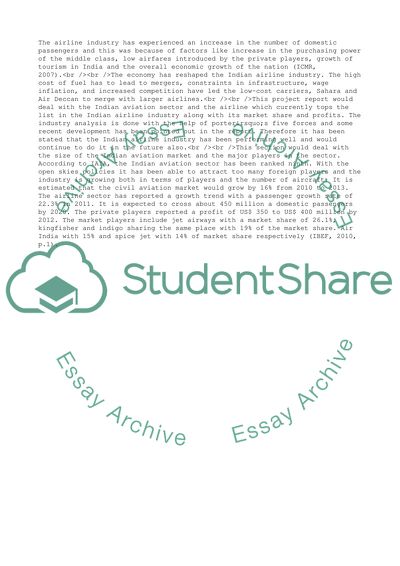Cite this document
(Airline Industry in India Assignment Example | Topics and Well Written Essays - 1500 words, n.d.)
Airline Industry in India Assignment Example | Topics and Well Written Essays - 1500 words. https://studentshare.org/business/1758900-airline-industry
Airline Industry in India Assignment Example | Topics and Well Written Essays - 1500 words. https://studentshare.org/business/1758900-airline-industry
(Airline Industry in India Assignment Example | Topics and Well Written Essays - 1500 Words)
Airline Industry in India Assignment Example | Topics and Well Written Essays - 1500 Words. https://studentshare.org/business/1758900-airline-industry.
Airline Industry in India Assignment Example | Topics and Well Written Essays - 1500 Words. https://studentshare.org/business/1758900-airline-industry.
“Airline Industry in India Assignment Example | Topics and Well Written Essays - 1500 Words”. https://studentshare.org/business/1758900-airline-industry.


